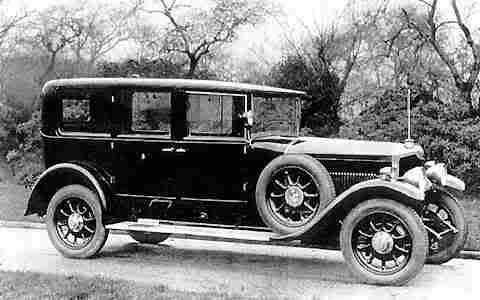
A photo of an automobile from the 20`s
The 20`s was the beginning of the world as we know it. After the first world war there was an outburst of wealth amongst the middle class and a liberalized way living was the norm. women entered the labour market and were allowed to vote for the first time, there were advancements in transportation and communication devices, mass production was introduced. Note how a change in the society automatically results in a change in fashion.
Coco Chanel was the leader of the flapper Army in terms of their choice of clothing. She was famous at the time for her beliefs on what women should wear- nonrestrictive clothing that encouraged movement. She made famous the androgynous look and created some clothing items that were seen as unisex. RTW clothes started with Chanel, women were able to purchase clothes off the rack at prices lower than the cost of the Victorian couture worn before the first world war.

vintage Chanel flapper dress
women in the 1920`s dressed in loose cylindrical garments
The flapper woman said "Baloney"! to the idea of wearing corsets and embraced clothes that did not show off a their curves but conveyed a boyish charm.
The flapper woman said "Baloney"! to the idea of wearing corsets and embraced clothes that did not show off a their curves but conveyed a boyish charm.
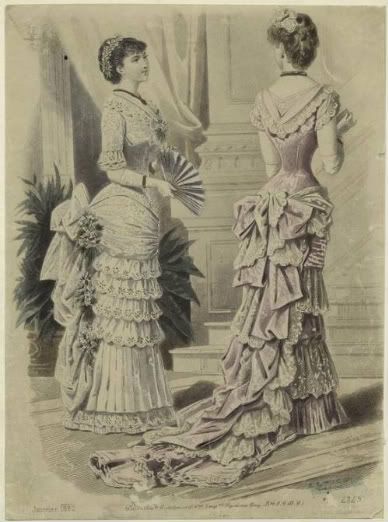
Illustration showing what a typical Victorian garment looked like with corsets and restrictions
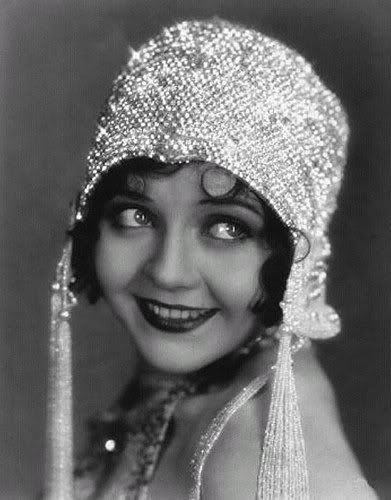
bold lipstick worn

smoking in typical flapper fashion.
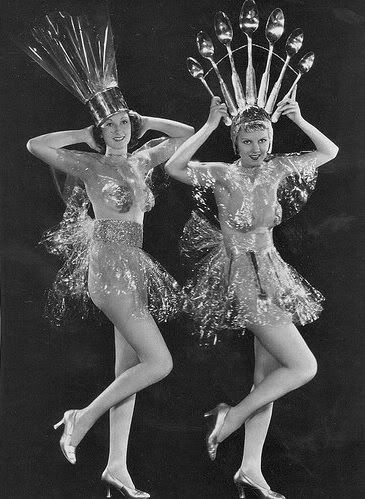
legs shown in public
The rejection of the corset and layers of clothing that were worn by women before the first world war symbolizes more than just a change in fashion but also a cultural revolution. It emphasizes the difference in the mind set of Victorian women and flapper women. Flapper women wore bold makeup, they drank in public and smoked in public. The Victorian woman wore corsets, neutral makeup, covered her legs as it was seen as a sexual part of the body.
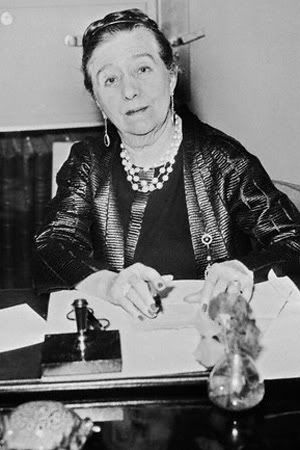
Jeanne Lanvin Evening Ensemble
Jeanne Lanvin was another designer that payed attention to the needs of women and was quick to create garments that suited that need. the dresses she made where seen as fashionable and worn by flappers. 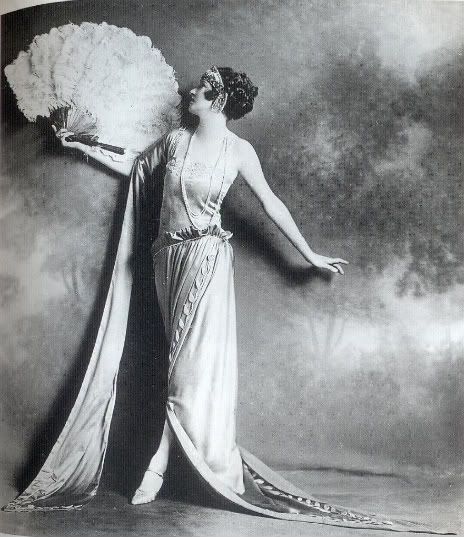
Irene Castle in a short bob and flapper dress
Irene Castle was a flapper and she was the first woman to popularize short hair after seeing it on chic Parisian women. Short bobs matched with cloche hats became a trend amongst flappers. This change of hairstyle intrigued at the same time agonized people in the society. Its interesting how wearing a short hair style was seen as obscene then but now its a common feature amongst women and its generally accepted in the society. T-bar shoes with buckles and bows where the style of the 20`s. The flapper era is synonymous with the jazz age because the economic boom resulted in more drinking and partying in the society.
Greta Garbo and Louise Brooks were also famous flappers.
Hollywoods First "it girl"
Clara Bow was famous for being a flapper, Hollywood's self proclaimed "it girl" and the first national sex symbol. According to Edith Head she was very specific about the way she wanted to dress she often paired waist belts with dresses that did not need cinching and she insisted on wearing socks with high heeled Shoes. she was a total nonconformist and spoke in her own choice of words. She once said "Im a big freak because Im my self" in response to an opinion given about her not being socially desirable.
Flapper Slang
Slangs like "Beat it" "Beef" "Blind date" "Ciggy" "Dolled up" "Frame" "Dame" "Atta boy" "Earful" "The Bees Knees" to name a few were introduced by flapper women and the youth of the Jazz age.
The End
The stock market crash on October 29 1929 brought an abrupt end to the high spirits of the 1920`s. Either way the era is still a huge influence on the society today. women still wear black eye liner, blush and red lipstick, women still have the freedom to express their selves with clothing, women still dance in public and women still flaunt their legs!

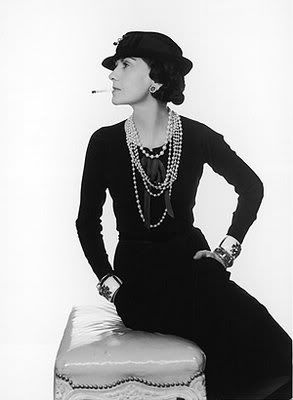



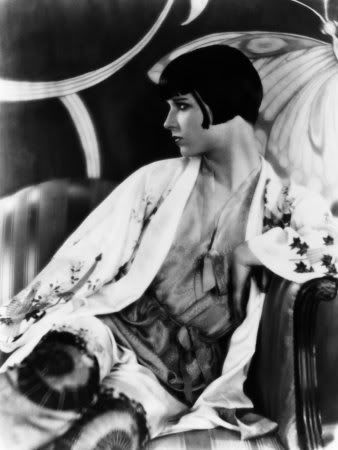
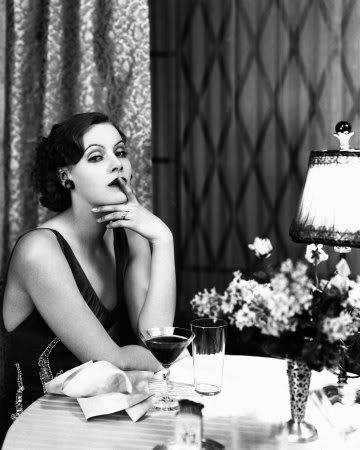
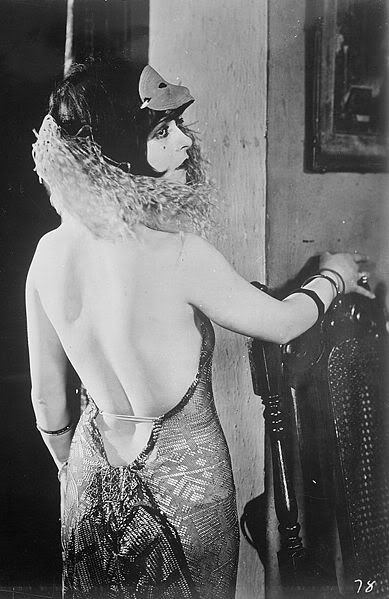
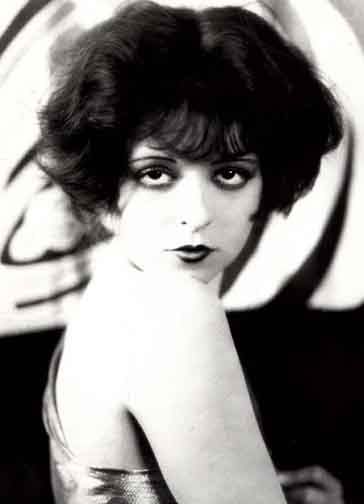





i love all the pictures xoxo
ReplyDelete